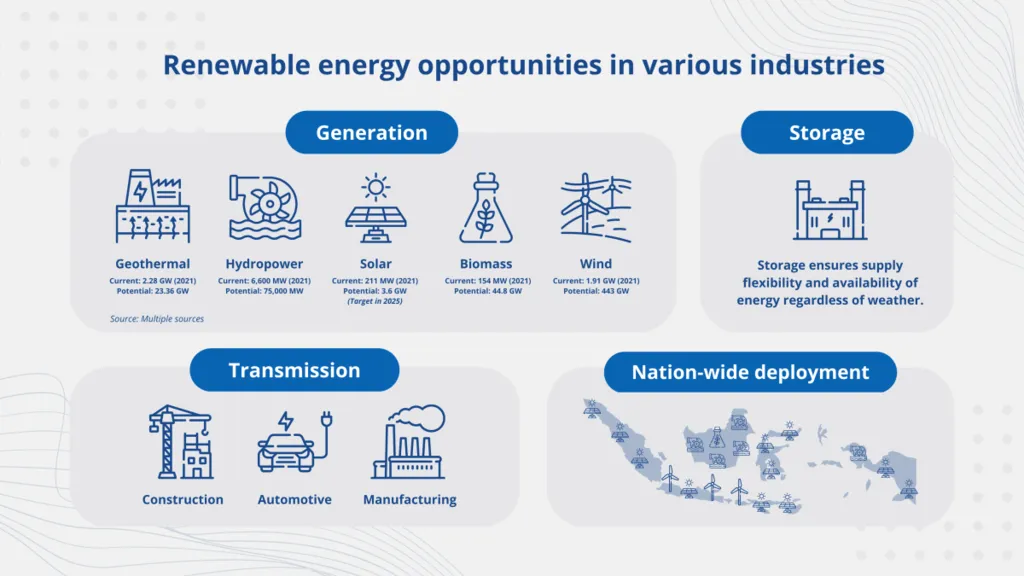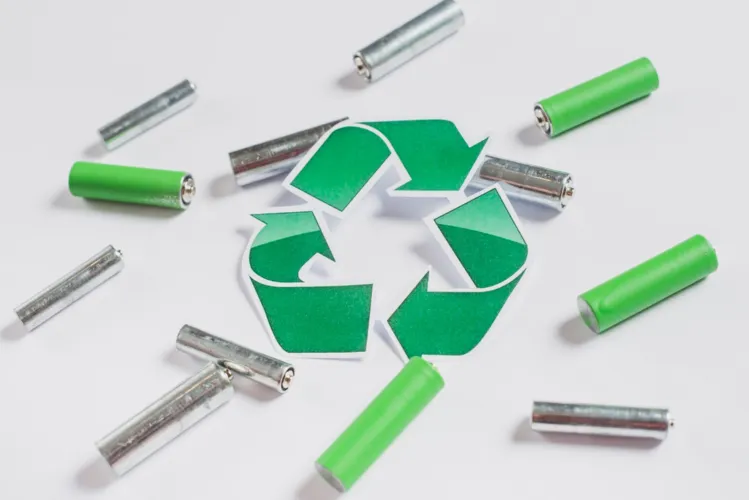Indonesia is making bold moves toward a cleaner energy future. To reach 23% renewable energy in its national mix by 2025, the country plans to invest US$36.95 billion over five years. This surge in Indonesia renewable energy investments is not only about cutting emissions. In fact, it’s about boosting the economy, creating jobs, and securing long-term energy independence.
But is the current investment keeping pace with these ambitions? Let's take a look!
The Scale of Indonesia Renewable Energy Investments Needs
To hit its 2025 targets, Indonesia must raise its renewable energy capacity to 8.2 gigawatts (GW) and increase its clean energy share from 13% to 21%. That means Indonesia Renewable Energy Investments needs to secure at least US$14.2 billion in total by next year. Yet current targets suggest the country plans to invest US$1.8 billion in 2025, up from US$1.4 billion in 2024. This shows a 28% increase, but still far below what’s needed.
According to energy experts, the actual annual requirement is over US$8 billion. This gap between ambition and reality highlights the urgency for deeper public-private cooperation and stronger regulatory frameworks.
Momentum and Economic Impact of Indonesia Renewable Energy Investments
Despite the gap, progress is visible. Investment realization reached US$1.49 billion in 2024, showing a strong foundation for further growth. The sector also generated 13,200 green jobs, a promising sign that energy investments are already contributing to employment and income generation.

The broader picture matters too. President Prabowo Subianto has set an economic growth target of 8%, and the energy sector is expected to play a central role. Clean energy, particularly geothermal and hydropower, is seen as critical to meeting both growth and sustainability objectives.
Investor Challenges and Policy Gaps
While Indonesia has potential and interest, major challenges remain. Policy uncertainty and project bankability continue to hold back the full mobilization of private capital. Developers often face delays, unclear incentives, and financing barriers that make large-scale projects risky or unattractive.
These structural issues must be addressed. Regulatory improvements, such as clearer feed-in tariffs, streamlined permitting processes, and risk-sharing mechanisms, are essential to unlock broader private sector participation.
Read Also: Going Green: Indonesia Renewable Energy in Construction
A Wider Commitment to Energy Transformation
Beyond renewables, Indonesia’s overall energy investment target—Rp1,900 to Rp2,200 trillion (US$120–140 billion) in 2025—shows how serious the government is about transforming the sector. Renewables will play a big role, but only if investments accelerate and regulations evolve to match the urgency.
Indonesia Renewable Energy Investments = Investing in Indonesia’s Green Future
Indonesia renewable energy investments are rising, even though not fast enough. With just half a year left to meet its ambitious 2025 targets, the country must significantly boost its annual investment levels and streamline the way capital flows into clean energy. Progress has begun: green jobs are growing, transaction volumes are strong, and policy focus is shifting. But the full potential can only be unlocked through stronger collaboration between government, developers, and financiers. The time to act is now. Investing in renewable energy isn’t just about hitting climate goals but also about building a resilient, inclusive economy for Indonesia’s future.
Read Also: The Hidden Impact of Indonesia Green Building Movement







